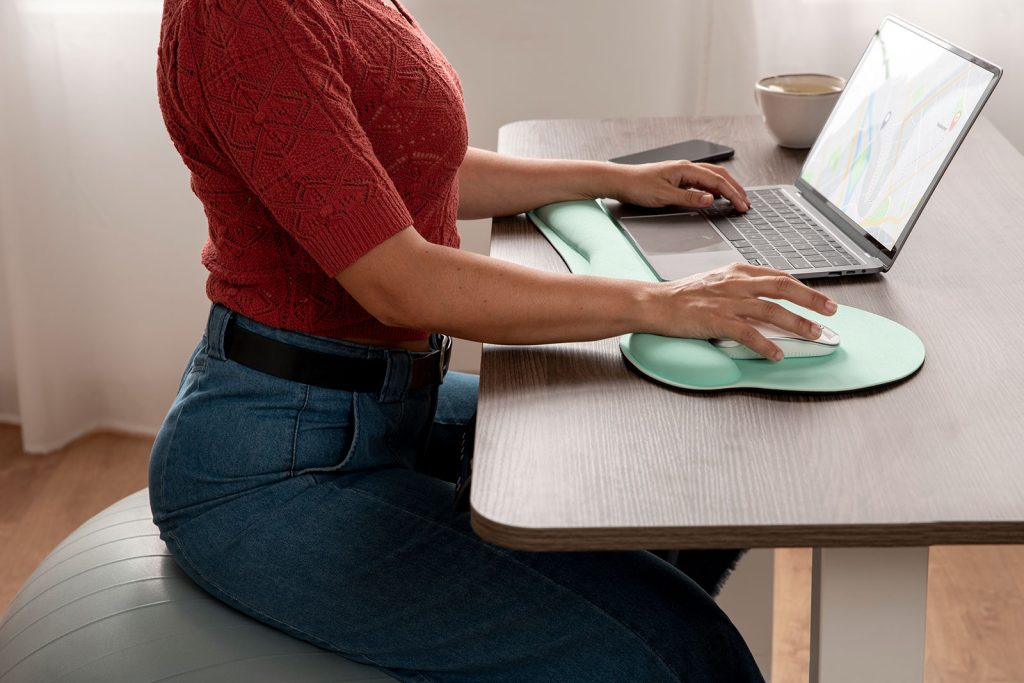
Back Pain in Croydon: Chiropractor or Osteopath – Which Do Patients Prefer?
What’s the Difference Between a Chiropractor and an Osteopath for Back Pain?
Treatment Techniques – Spinal Adjustments vs Soft Tissue Work
Philosophy – Symptom Focus vs Whole-Body Function
Conditions Treated – When to Choose Osteopathy
How Osteopaths Treat Back Pain in Croydon – A Hands-On, Whole-Body Approach

- Advice on desk ergonomics, whether the patient works from a serviced office near East Croydon Station, or from a makeshift home office in a Beddington semi.
- Commuting advice for drivers on the A232 or passengers on the Thameslink services to Blackfriars.
- Sport-specific movement retraining for patients who train at Nuffield Health in South Croydon or David Weir Leisure Centre.
Lexi has been very helpful with pain in my back and the treatments have been very affective and she gives out great follow up exercises
February 28, 2024
Chiropractic Treatment for Back Pain: What to Expect in Croydon

Great experience with Sanderstead Osteopaths. I began treatment due to a sports injury in my leg which greatly reduced my mobility. In all honesty, I just looked up osteopaths near me and these lads came up. Couldn’t be more happy with their work. My progress to recovery has taken time and obviously money to get to where I am now (back to 95%) but I couldn’t be more pleased. All of my treatment was by Paul Harmes. If you need something to be looked at, consider these guys. C
December 28, 2023
Which is Better for Posture-Related Back Pain?

- Anterior pelvic tilt caused by tight hip flexors and weak glutes.
- Rounded shoulders and forward head posture, common in desk workers across Croydon.
- Thoracic stiffness caused by lack of rotational movement in daily life.
- Overstretched lumbar muscles compensating for tight hamstrings or poor core engagement.
- Soft tissue release for tight muscle groups pulling the spine out of alignment.
- Joint mobilisation for stiff spinal and pelvic joints.
- Postural retraining exercises, focusing on hip mobility, core strength, and thoracic extension.
- Ergonomic advice tailored to the patient’s real-world working environment, whether that’s an office in Croydon town centre, a shared workspace near Wandle Park, or a makeshift home office in a semi in Wallington.
I’ve been seeing David for 10+ years now and wouldn’t go anywhere else. I’ve recently taken my 15year old son to David as he has had some health issues effecting his muscles and joints, he has experienced immediate improvements. I also recommended my mum who sees another member of the team and again, is really pleased with the treatment and outcome 5⭐️
August 28, 2023
Who Should You See for Sciatica – Osteopath or Chiropractor?
- A herniated lumbar disc compressing a nerve root.
- Facet joint dysfunction, where inflamed joints irritate adjacent nerve tissue.
- Piriformis syndrome, where tight muscles in the buttock compress the nerve as it passes through.
- Postural compression, particularly for people who sit with posterior pelvic tilt for long periods — common among Croydon commuters on trains or drivers stuck in traffic on the A232 or Croydon Flyover.

- Spinal mobility across the entire lumbar and sacral region.
- Pelvic alignment, particularly at the sacroiliac joints.
- Gluteal muscle tightness, particularly in the piriformis, which can compress the sciatic nerve.
- Core function, ensuring the deep stabilising muscles properly offload the lumbar spine.
- Lower limb mechanics, particularly hip mobility and foot positioning, as these can influence pelvic posture and nerve tension.
- Myofascial release for the deep gluteal muscles, including the piriformis
- Joint mobilisation to restore balanced movement across the lumbar spine, pelvis, and hips.
- Nerve mobilisation techniques — known as neurodynamics — designed to free the sciatic nerve from areas of entrapment.
- Postural correction, especially for desk workers, drivers, and tradespeople whose daily positions amplify nerve compression.
- Tailored rehabilitation exercises to address the root mechanical cause, ensuring long-term relief rather than just temporary symptom management.
Choosing the Right Back Pain Specialist in Croydon – Book a Consultation Today

How to Find the Best Osteopath for Your Needs
- Specific training in spinal and postural dysfunction.
- Experience managing acute mechanical back pain and chronic postural strain.
- Understanding of lifestyle triggers — from commuting ergonomics to training loads in weightlifting, running, or football.
What to Expect from Your First Session
Comprehensive Case History
- When and how your back pain started — was it a sudden injury, a slow build-up, or related to a particular activity like lifting, running, or working at your desk?
- Your job and working posture — whether you’re spending hours driving along the A232, working at a desk in Croydon town centre, or standing for long shifts.
- Your commute — sitting in traffic around Purley Cross, catching the Tramlink, or using the Thameslink service to Blackfriars all place different stresses on your spine.
- Your exercise habits — from weight training at Nuffield Health Croydon to playing Sunday football in Beddington Park, knowing how you move is critical to understanding the cause of your back pain.
- Any previous injuries, even if they feel unrelated. Old ankle sprains, hip pain, or shoulder injuries often create compensatory patterns that ultimately contribute to chronic lower back pain.
Movement & Postural Assessment
- Pelvic alignment, checking for anterior or posterior tilt that could overload your lumbar spine.
- Thoracic and shoulder mobility, especially if you work at a desk.
- Hip function, including range of motion and symmetry, since restricted hips frequently increase lower back strain.
- Core activation, checking whether your deep stabilising muscles are supporting your spine effectively.
- Functional movement testing, simulating real-world activities like bending, squatting, and twisting.
- Soft tissue release for overworked muscles — such as tight erector spinae, quadratus lumborum, or hip flexors.
- Joint mobilisation for restricted spinal segments, particularly in the lumbar spine, thoracic spine, or sacroiliac joints.
- Myofascial release to address chronic fascial restrictions, often linked to old injuries or poor posture.
- Nerve mobilisation if symptoms suggest sciatic nerve irritation.
- Postural coaching, teaching you practical movement adjustments for sitting, standing, driving, and training — based on your real-world habits in Croydon.
Tailored Advice for Home
- Specific stretches or mobility drills designed to unwind postural patterns.
- Adjustments to your workstation setup, particularly if you work from home.
- Changes to your commuting posture, whether driving, taking the train, or cycling.
- Guidance on exercise modifications, ensuring your back pain isn’t aggravated at the gym or during sport.
- Explain exactly what’s causing your back pain.
- Start relieving pain immediately.
- Give you clear steps to follow between sessions, accelerating recovery.
Book Your Back Pain Consultation in Croydon Now
- Relieve pain naturally, without relying on long-term medication.
- Understand the root cause, so you know exactly why the pain developed.
- Correct postural issues, reducing the risk of future flare-ups.
- Learn practical, real-world strategies for keeping your spine healthy in your day-to-day life.
Very knowledgeable, nice people
January 28, 2024



